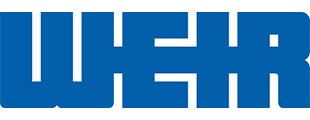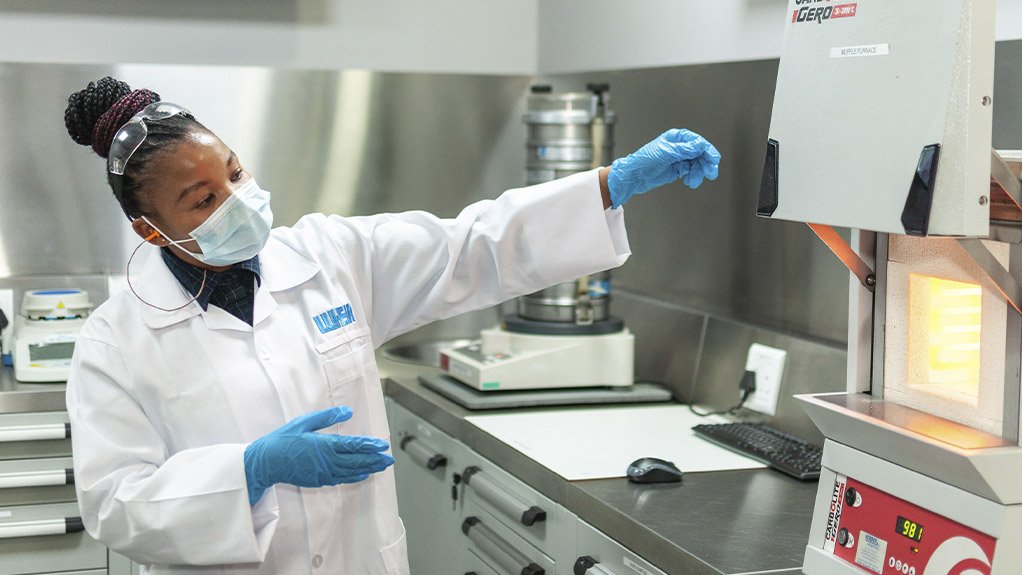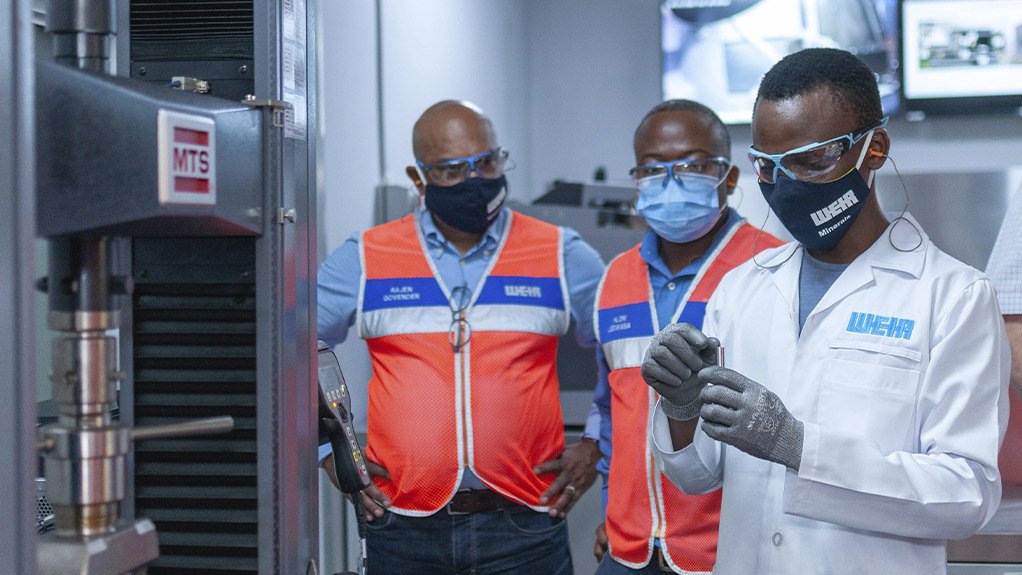

Weir Minerals Africa opens labs for foundry and rubber plant at Isando



Conducting in house testing means a faster turnaround for results than when it was outsourced
A range of testing is conducted on materials to assess their performance under various conditions
Boosting manufacturing quality and consistency at Weir Minerals Africa’s Isando foundry and rubber plant, two laboratories recently opened their doors at the company’s facility near Johannesburg.
According to Umar Smith, plant manager at Weir Minerals Africa’s Isando facility, the two laboratories are an integral part of maintaining world class standards in its production processes. While much of the company’s testing requirements were previously outsourced, these can now be conducted in-house for more rapid results.
“Building these laboratories and equipping them with the latest technology is further aligning our manufacturing operations with best practice standards,” says Smith. “The quick results are allowing us to fine-tune our manufacturing processes to improve product availability and on-time delivery.”
A range of testing is conducted on material samples from the foundry and the rubber plant, to assess their performance under various conditions. This verification ensures that the manufacturing process begins with good quality material, for optimal equipment performance.
“Getting test results quickly means that any deviation from our stringent standards is picked up and addressed immediately,” he says. “This reduces the chance of products being held back at a later stage due to quality issues, making the supply line to customers more reliable.”
This has an important impact on customer confidence, lead times and supply certainty, he notes. It also reduces the level of wastage and time lost, which occurs when manufacturing defects lead to work needing to be redone.
Smith paid tribute to the support of the late Weir Minerals Africa regional director Grant Ramsden, who had championed the group’s investment in this project. The foundry laboratory is dedicated to his memory, he says.
“Having our own testing facilities supports our research and development efforts as we evolve materials to improve our equipment’s benefits to customers,” he says. “By having the laboratories in-house, it is also easier for us to protect our intellectual property and take forward innovative ideas that add value to our market.”
Among the equipment in the foundry laboratory is a cut-off machine for preparing material for testing, a polishing machine that automatically grinds and polishes samples for testing, and an etching fume extractor to highlight metal features at microscopic level.
“We use a microscope to analyse the structural properties of material, and a hardness machine that can help us predict material failures,” he says. “There is also a tensile tester for determining yield strength and elongation, and a sieve grader machine to test the coarseness of sand used in the moulding process.”
The rubber laboratory includes a tensile tester to assess material behaviour under tension load, a hardness tester that helps determines product wear life, and a rheometer to test the cure time and scorch time of rubber. Other equipment is a rebound-resilience tester for checking material’s ability to withstand stress, and a Mooney viscometer to test curing behaviour in rubber compounds.
Smith highlights that the laboratories contribute to overall skill development on the shop floor, by encouraging all staff in meeting quality standards and continuously improving production processes.



